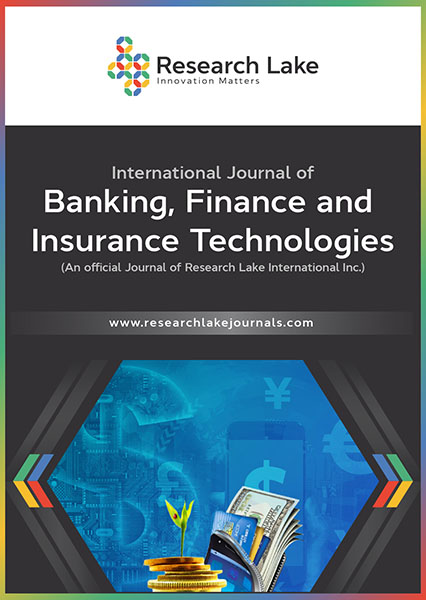An Empirical Analysis of Bank Efficiency in Gambia
Abstract
This study evaluates the Technical Efficiency (TE), Pure Technical Efficiency (PTE) and Scale Efficiency (SE) of commercial banks in the Gambian banking sector. In the first stage, a non-parametric approach (DEA) is used to evaluate the relative efficiency of 12 banks from 2009 to 2017 based on “the production approach” of modeling bank efficiency. In the second stage the relationship between certain bank-specific and environmental variables and efficiency scores are examined by employing the Tobit regression model.
The empirical analyses from the first stage reveals that about 42% of commercial banks were CRS technically efficient and 83% of them were VRS technically efficient in 2017. Only 42% of the banks were at the optimal size for their particular input–output mix, the remaining eight banks were scale inefficient. The level of overall technical efficiency of commercial banks in the Gambia accounted 86.5% in terms of TE, 93.1% in terms of PTE and 92.5% in terms of SE. The second stage analyses reveal that banks with the ability to charge lower interest on deposits and maintain higher interest rates on loans attain higher efficiency scores. Further, banks with large market share and market power in pricing their products can improve their efficiency levels. Lower liquidity risk is associated with higher efficiency scores. There is a weak evidence of negative association with bank size and efficiency, suggesting that smaller banks may obtain operational advantages that bring about higher efficiencies
Copyright (c) 2021 H Semih Yildirim, Bubacar Malang Fatty

This work is licensed under a Creative Commons Attribution 4.0 International License.
Copyright © by the authors; licensee Research Lake International Inc., Canada. This article is an open access article distributed under the terms and conditions of the Creative Commons Attribution Non-Commercial License (CC BY-NC) (http://creative-commons.org/licenses/by-nc/4.0/).







